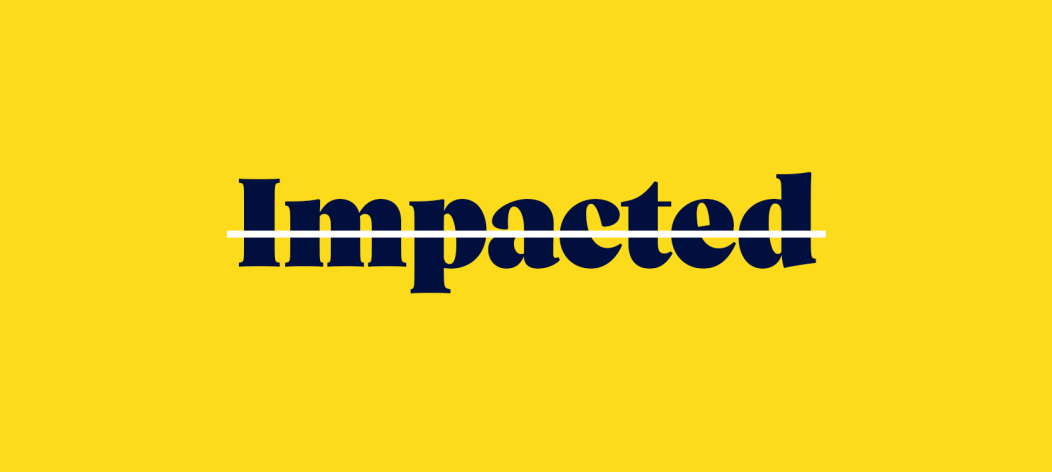

If you’re reading this, chances are it’s not the first time you’ve clicked on a blog headline that has ‘B2B’ slotted into it. The term isn’t in itself one that screams excitement – taking it apart, you’re left with a business sandwich, and the accompanying copy can sometimes mean it’s a bit dry.
But the world of business is exciting. It’s exciting to be part of large-scale innovations that impact cultures, social trends and our day-to-day lives. And though business-to-business marketing is often overlooked in terms of creativity, packed inside is a plethora of potential for people to play with.
And the thrill for B2B copywriters? Being tasked with uplifting a topic from overly-serious to alluring. With so much B2B copy these days built up of technological terms, there’s a real challenge to pepper that content with language that excites all parts of the brain. One way of doing that? Using achievement-focused, positive language.
Language choice is an essential factor in the transformation of B2B copy. Let’s take a look at why – with three ways that language makes all the difference.
Every good piece of content needs to tell a story, and in every good story there’s a journey to go on. But how can you make it a joyous one, when every other sentence formed refers to acquisitions, integrations and payment processes?
When you’re reading a book, it’s not the structure of the story that keeps you interested. Every story generally follows the three-act structure, and not all parts of a story are that interesting. To keep excitement in the plot high, writers use thought-provoking, imaginative language.
Try not to draw people in with an exciting introduction, only to let their attention wane after a block of Back-2-Back business lingo. Start your story with positive language and keep it up throughout – even during the ‘problem’ stages.
“Research shows a shift towards employees favouring the implementation of permanent hybrid work solutions.”
“Research highlights the growing positive employee attitudes towards a future with hybrid work solutions.”
When it comes to change, people are generally either nervous, unbothered or enthusiastic. And because so much of B2B revolves around changes, major or small, with huge knock-on effects to so many people, sparking reader excitement is key. So even if a brand’s messaging on a certain topic is serious, copywriters still need to keep it colourful.
Tone of voice is a huge part of what sells a brand to its audience. Understanding that tone of voice as a copywriter is therefore essential – but even the most serious TOVs can be spruced up with a bit of optimism. A pharmaceutical business promoting the launch of an innovative new digital service might want to keep things in-line with their standards as a healthcare provider. They can’t over promise or undervalue what they’re offering. But they are promoting a change in how they operate, and ultimately how their customers access their service – so while the topic is serious, the messaging can be inspiring.
“The new service will make processes easier for employees and appointments more accessible for patients.”
“With a new and innovative system, the service simplifies employee processes, and generates greater accessibility for patients when making appointments.”
A more dynamic read is a better read. Quality content constantly activates the imagination and propels you through a narrative, keeping you informed and interested at the same time.
Mitigating factors mean that for copywriters, it’s hard to make every piece of copy dynamic – minimal word count, format limitations, and restricted references all impact how and what you produce.
The vital counterpart of copy is design, and when the two work together harmoniously, there’s potential for truly engaging content. But while visualising is important for grabbing attention and demonstrating the purpose of a campaign, using the right words can turn the mind of a reader into their very own vision board.
From a young age, people are taught to strive for personal success, and when your messaging is achievement-focused, readers attribute that to their very own goals. Copy that drip-feeds positive, relatable language throughout can make the reader personally invested in what they’re reading.
“The challenge now is for businesses to meet new expectations following two years of change.”
“The challenge for businesses today? Rising to, and tackling head-on, new and important expectations.”
Delivering suitable B2B content might at first seem to require less creative exploration – but that doesn’t mean there aren’t ways to make your copy’s flame burn brighter. Yes – B2B copy is centred around business, but you can always approach writing it like you would your daily (or now weekly) commute. A train journey that goes the same way every day isn’t going to fill you with joy, but that’s the beauty of having headphones or a book to read on the way. The endless choices we have with language means that there’s always a way to make copy more enjoyable for you to write – and more exciting for the reader to consume.
The latest (and most useful) B2B insight, delivered to your inbox.
Publicis Pro needs the contact information you provide to send you the latest B2B insights. You may unsubscribe from these communications at anytime.